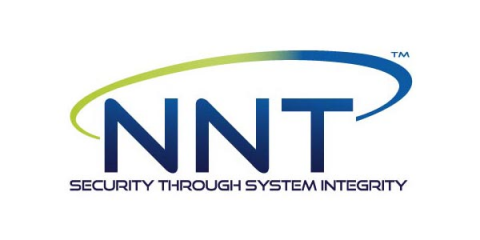Top 5 Harmful Cyber Threat Types
Cybersecurity threats are evolving and the IT industry is on high alert. Modern cyber threats are more sophisticated and fast such as malware, phishing, cryptojacking, and IoT threats. The major cyber-attacks in 2019 witnessed that cybersecurity defenses were inefficient to prevent cyber threats altogether. The situation will even prevail in 2020. However, mitigation strategies can help to minimize the chances of data breaches.







